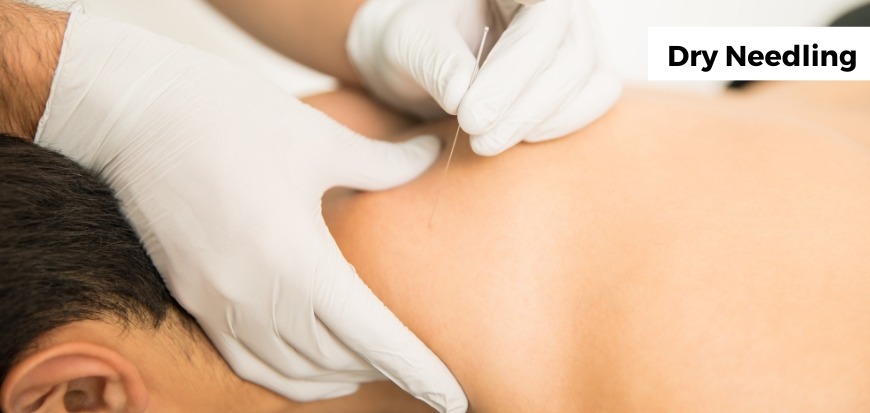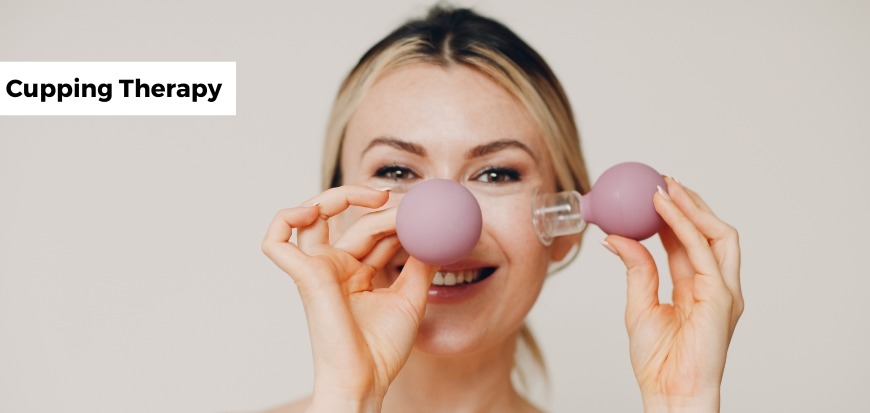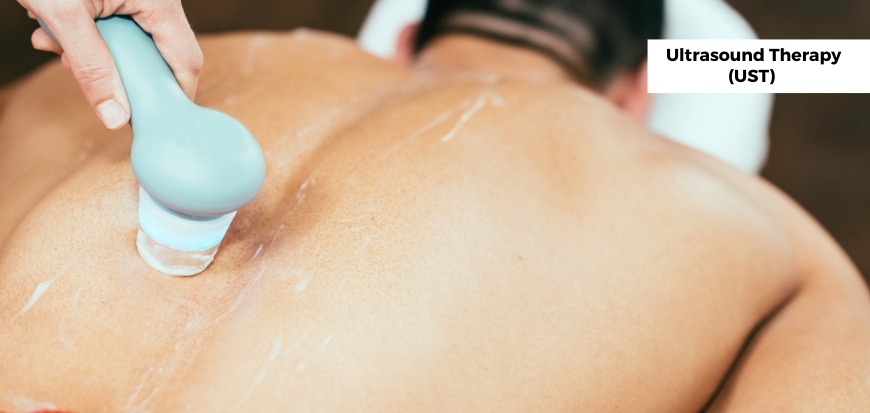
Migraine:
Migraines are severe headaches characterized by throbbing pain, typically on one side of the head. They often come with a barrage of other symptoms, such as nausea, vomiting, and sensitivity to light and sound.
Causes and Triggers:
- Genetics: Family history plays a significant role in migraine susceptibility. If your parents or siblings have migraines, you are more likely to experience them too.
- Neurological Factors: Changes in the brain’s chemical and electrical activity can trigger migraines. Serotonin levels, for example, play a role in migraine development.
- Triggers: Migraines often have triggers that vary from person to person. Common triggers include stress, hormonal changes, certain foods (like aged cheeses and chocolate), lack of sleep, and environmental factors.
Symptoms:
- Throbbing Headache: The hallmark symptom of a migraine is a severe, throbbing headache that typically affects one side of the head.
- Nausea and Vomiting: Many individuals with migraines feel nauseous or may vomit during a migraine attack.
- Fatigue: After the headache phase subsides, many individuals feel extremely tired and fatigued.
- Mood Changes: Some people experience mood changes, including feelings of euphoria or irritability, in the hours or days following a migraine.
- Sensitivity to Smells (Osmophobia): Certain Odors or perfumes may trigger or worsen migraines.
How does physiotherapy help in Migraine?
- Muscle Relaxation: Tension in the muscles of the neck and shoulders is a common trigger for migraines. Physiotherapists can use techniques such as manual therapy, massage, and myofascial release to help relax these muscles, reducing the tension that can contribute to migraine attacks.
- Posture Correction: Poor posture can place strain on the neck and shoulder muscles, leading to tension and, potentially, migraines.
- Joint Mobilization: Physiotherapists can perform joint mobilization techniques to improve joint movement and reduce pain.
Dry Needling:
Dry needling involves the insertion of thin, solid needles into trigger points or tight bands of muscle to release tension and reduce pain.
- Muscle Relaxation: Dry needling can release tension and knots in muscles, particularly in the neck and shoulders, which are common areas for tension-related migraines.
- Improved Blood Flow: The insertion of needles can stimulate blood flow in the treated areas, which may contribute to pain relief and muscle relaxation.

Cupping Therapy:
Cupping therapy involves placing special cups on the skin to create suction, which is believed to increase blood flow and promote healing.
- Muscle Relaxation: Cupping can help relax tight muscles in the neck, shoulders, and upper back, potentially reducing tension-related migraine triggers.
- Pain Relief: The suction effect of cupping may stimulate the release of endorphins, which are natural painkillers, potentially providing relief from migraine pain.

Ultrasound Therapy (UST):
Ultrasound therapy is not a commonly used treatment for migraine headaches. This therapy, also known as therapeutic ultrasound, is a medical procedure that uses high-frequency sound waves to promote tissue healing, reduce pain, and improve circulation.
- Muscle Relaxation: The deep heat generated by ultrasound can help relax tight muscles, particularly in the neck and upper back. Reducing muscle tension may alleviate migraine triggers related to muscle tightness.
- Improved Blood Flow: UST can promote increased blood circulation in the treated area. Improved blood flow can potentially reduce pain and discomfort associated with migraines.

Transcutaneous Electrical Nerve Stimulation (TENS):
Transcutaneous Electrical Nerve Stimulation (TENS) is a non-invasive pain management technique that involves the use of a small, battery-operated device to deliver low-level electrical impulses to specific areas of the body .
- Pain Management: TENS units can be applied to areas of the body (such as the neck or shoulders) to alleviate pain, including the headache component of migraines.
- Muscle Relaxation: TENS can also help relax muscles, reducing tension in the neck and shoulder area, which can be migraine triggers for some individuals.

Conclusion:
Physiotherapy can play a valuable role in the management of migraines, particularly for individuals whose migraines are associated with musculoskeletal issues, tension, or posture-related factors.

Your One-Stop Solution for Pain Relief:
A team of Physiotherapists in Alexa Clinic under the guidance of Dr. Shipra Kumari, Chief Physiotherapist and certified Aquatic Therapist (IATF Switzerland). Alexa Clinic is a super-specialty physiotherapy and aquatic therapy clinic first of its kind opened in Kolkata in the in the year 2019. With many accolades and recognition Alexa Clinic has treated more than 10,000 patients suffering from various illnesses.
It’s easy to book an appointment with Dr. Shipra Kumari over a call or visit the 8777694040 websites of Alexa Healthcare.
https://www.facebook.com/alexaactiveaging
https://www.youtube.com/@alexaactiveaging
https://www.linkedin.com/company/alexaphysiotherapyclinic
https://www.instagram.com/alexaactiveaging/
#Physiotherapy #PhysicalTherapy #Rehabilitation #PTLife #Migraine #MigraineAwareness #MigraineRelief #Headache #ChronicMigraine #MigraineSupport #MigraineWarrior
